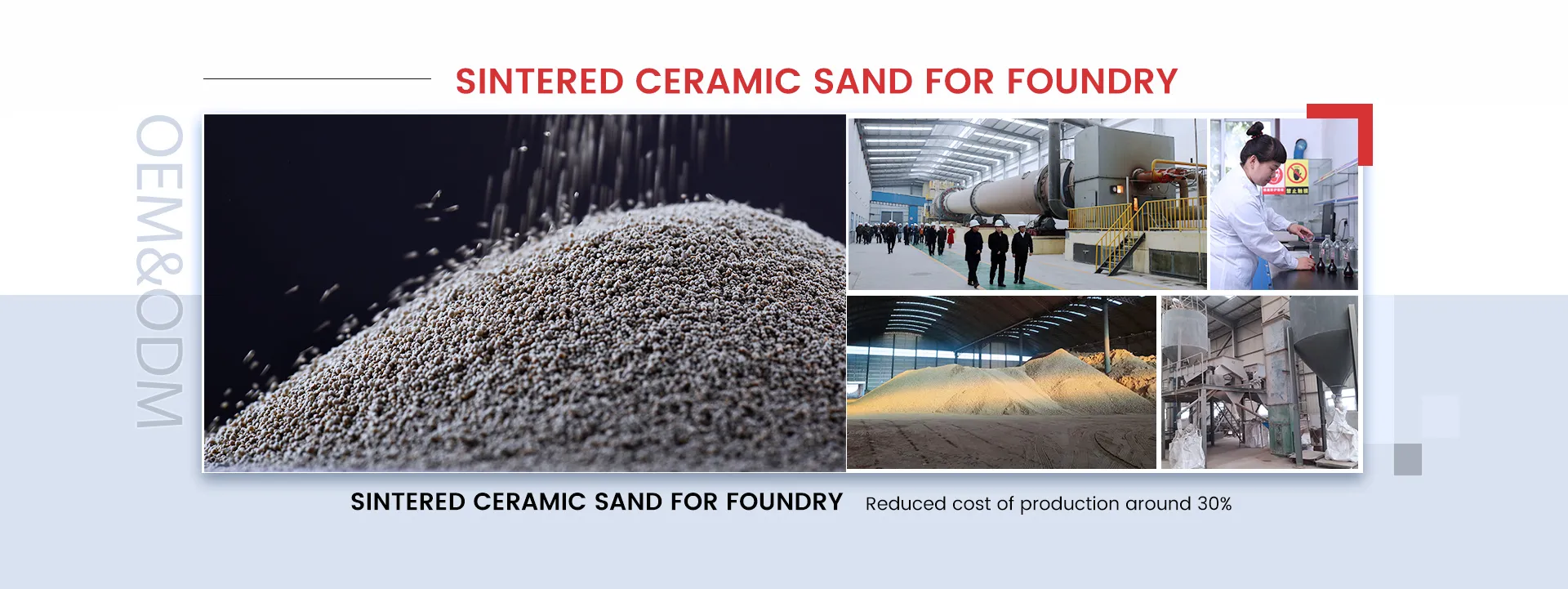Fine Casting Sand The Backbone of Quality Metal Casting
In the world of metal casting, the materials employed can significantly influence the final product's quality, durability, and overall performance. Among these materials, fine casting sand stands out as a critical component that plays an indispensable role in the foundry industry. This article explores the characteristics, applications, and advantages of fine casting sand, shedding light on how it contributes to superior metal casting processes.
What is Fine Casting Sand?
Fine casting sand, often referred to as molding sand, is a finely graded material primarily composed of silica. Its unique properties make it ideal for creating molds in which metal is poured to form various shapes. Fine casting sand exhibits a high degree of permeability, allowing gases released during the metal solidification process to escape. Additionally, its fine granule size enables it to create excellent surface finishes and intricate details in the final castings.
Characteristics of Fine Casting Sand
The effectiveness of fine casting sand is determined by its physical and chemical properties. Key characteristics include
1. Grain Size Fine casting sand typically has a grain size less than 0.5 mm, which enhances its ability to fill mold cavities and capture surface details. 2. Shape The angular shape of sand grains improves the interlocking capability, increasing the strength of the mold. 3. Fineness Fine sand provides a smoother finish when compared to coarser alternatives, minimizing the need for secondary machining processes. 4. Thermal Stability High thermal stability allows the sand to withstand the intense heat generated during metal pouring.
These properties collectively contribute to the sand's performance, ensuring the integrity and quality of the metal castings produced.
Applications in Foundry Industry
fine casting sand

Fine casting sand is utilized across various sectors within the foundry industry. Its versatility allows it to be employed in the manufacturing of
- Automotive Parts Critical components such as engine blocks, cylinder heads, and transmission cases rely on precision casting, where fine sand ensures a high-quality finish and accurate dimensions. - Aerospace Components The aerospace industry demands parts with excellent strength-to-weight ratios and precise tolerances. Fine casting sand enables the production of lightweight yet durable components. - Artistic Sculptures Artists and sculptors often use fine casting sand for creating detailed molds, allowing for intricate designs and smooth surfaces.
In these applications, the quality of the sand directly affects the finished product's reliability and aesthetics.
Advantages of Using Fine Casting Sand
The benefits of using fine casting sand are numerous
1. Cost Efficiency Fine casting sand can be reused multiple times through reclamation processes, significantly reducing material costs in large-scale operations. 2. Enhanced Surface Finish The ability to produce smooth and detailed surfaces minimizes the need for additional finishing operations, saving time and labor costs. 3. Environmental Considerations Innovations in sand recycling technologies minimize waste and support sustainable practices in foundry operations.
Conclusion
Fine casting sand is an essential material that significantly impacts the metal casting industry. Its unique characteristics and versatile applications make it an invaluable resource for producing high-quality castings across various sectors, from automotive to artistic endeavors. As technology advances, the development and optimization of fine casting sand will continue to drive improvements in casting processes, reinforcing its status as the backbone of quality metal casting. By understanding and leveraging the advantages of fine casting sand, foundries can enhance their product quality, thereby meeting the increasing demands of modern manufacturing.
Post time:Aug . 14, 2024 09:01
Next:Sand Castings Production Services for High-Quality Custom Manufacturing Solutions in Various Industries
